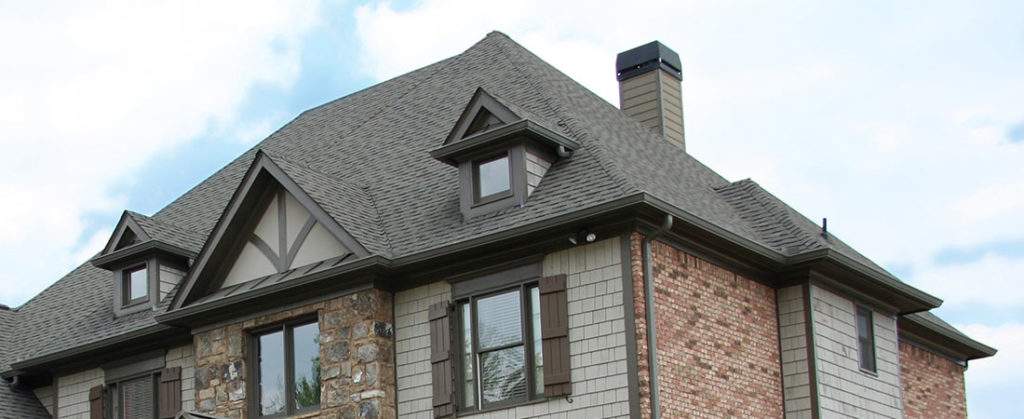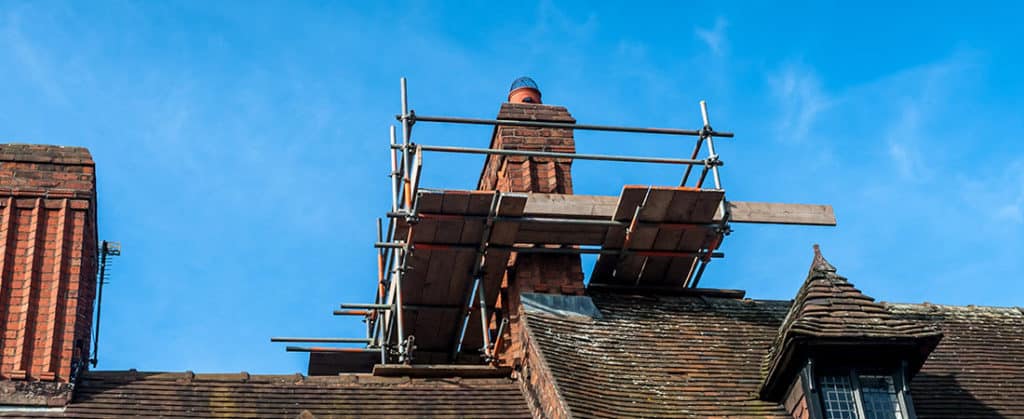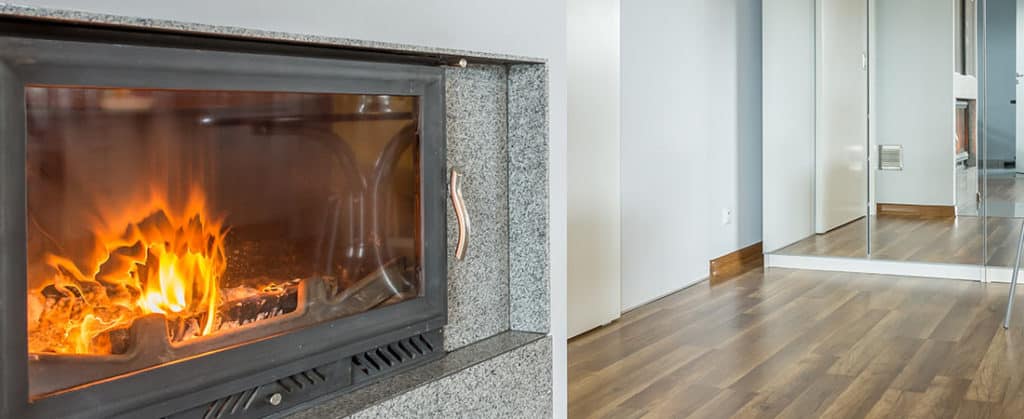Chimney fires can become deadly. Even if chimneys can withstand high temperatures and prevent a fire from spreading throughout your home, they might also fail if the chimney creosote catches fire. Creosotes are a very flammable chemical compound that can build up in the chimney. A stray spark or high chimney temperature ignites it. Chimney fires are fueled by creosote and can reach 2,000 degrees F. This causes the chimney liner to start cracking and allows the flames to spread in your home.
Since creosote is flammable and can probably create the biggest hazard when you use a fireplace, you should try to minimize how much buildup occurs. Failure to get rid of creosote from the flue results in a chimney fire. You might have to contact a chimney repair service.
Defining Creosote
Creosote is a kind of soot that forms in your chimney while you use your wood-burning fireplace. The wood will burn and create smoke that can contain creosote. In case the smoke does not rise quickly enough, the creosote will accumulate inside your chimney.
Creosote will start off to be somewhat easy to remove and clean. However, while it builds up, it can develop into a tar-like substance.
Creosote Buildup Has Three Stages
Stage 1 – It comprises thin flake layers. When you first use your wood stoves or fireplace, the smoke leaves some creosote deposits. During this time, the issue is not yet urgent, but it can cause problems over time.
If you do not remove the creosote at this point, it can go into the second stage. While you can still solve stage 1 creosote with the use of at-home products, you will find stage 2 harder.
Stage 2 – In stage 2, the creosote starts to look like tar. It can appear like flakes, but you are unable to remove it as easily as before. You might have to take it out it using tools, but you must consider contacting a chimney sweep if you want to get rid of it all.
Your fireplace and chimney can be salvaged, but you should act right away. This way, the creosote will not go to the third stage.
Stage 3 – This is a stage you must avoid at all costs. Stage 3 creosote is challenging to clean, and it is a very concentrated fuel that can resemble a coating of tar that drips down in your chimney liner. This kind of glazed creosote becomes thick while it hardens and is repeatedly coated using another layer. A hot fire easily ignites this kind of creosote, which is very hazardous. If stage 3 catches fire, it becomes easily removable because it will leave behind spongy residue. However, a chimney fire can cause a house fire as well.
How to Avoid Creosote Buildup
- You should only burn seasoned and dry firewood.
- Never use artificial logs for burning
- Build clean and hot burning fires
- Make sure the fire gets enough oxygen
- Warm up a cold flue to reduce condensation
- Schedule a yearly chimney cleaning service
- Make sure the fire always has sufficient airflow
How to Treat it
If you cannot minimize or prevent chimney creosote buildup, there are a few treatment options available. You can use at-home products so you can get rid of stage 1 creosote. The logs and brushes let you get rid of creosote right away, but those are not the best options.
It would still be better to contact a professional chimney sweeper for this. If you do not know who to call, you can contact chimney relining Bowie anytime to get a schedule with them.



